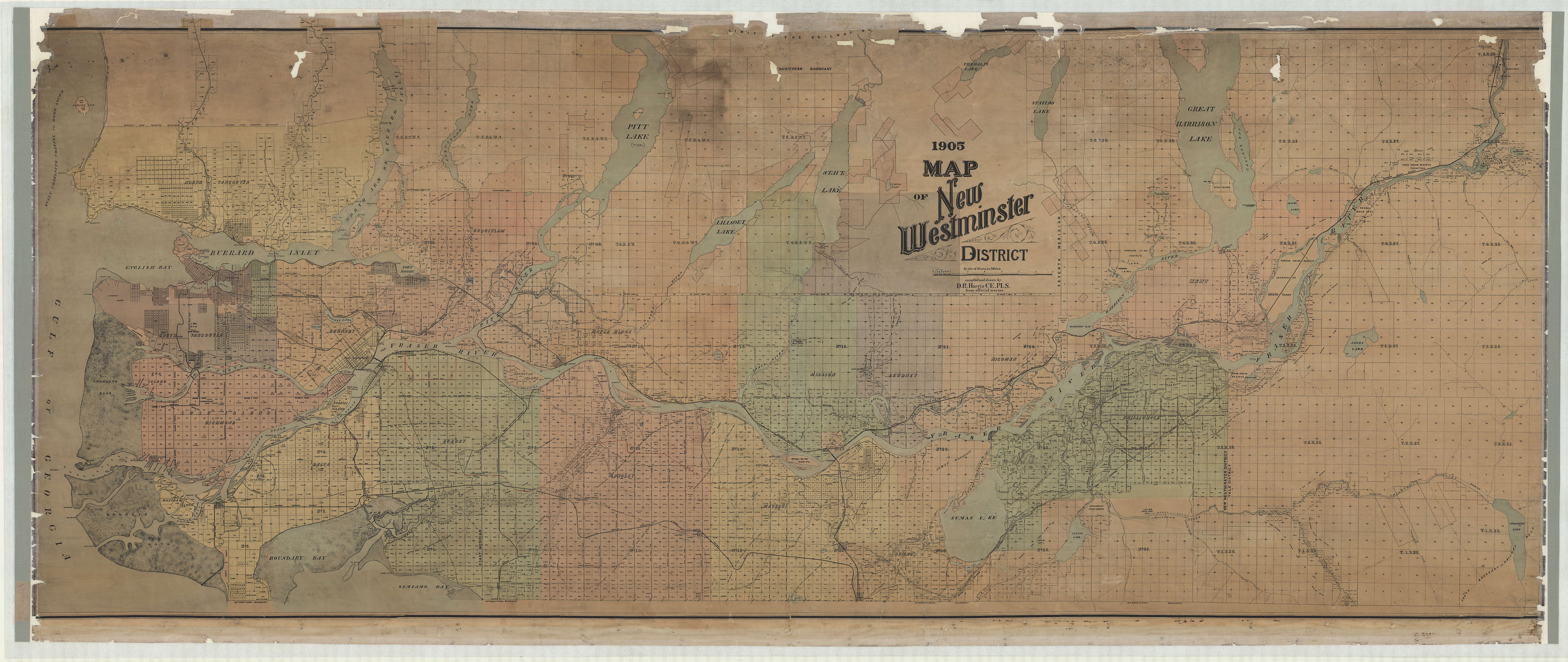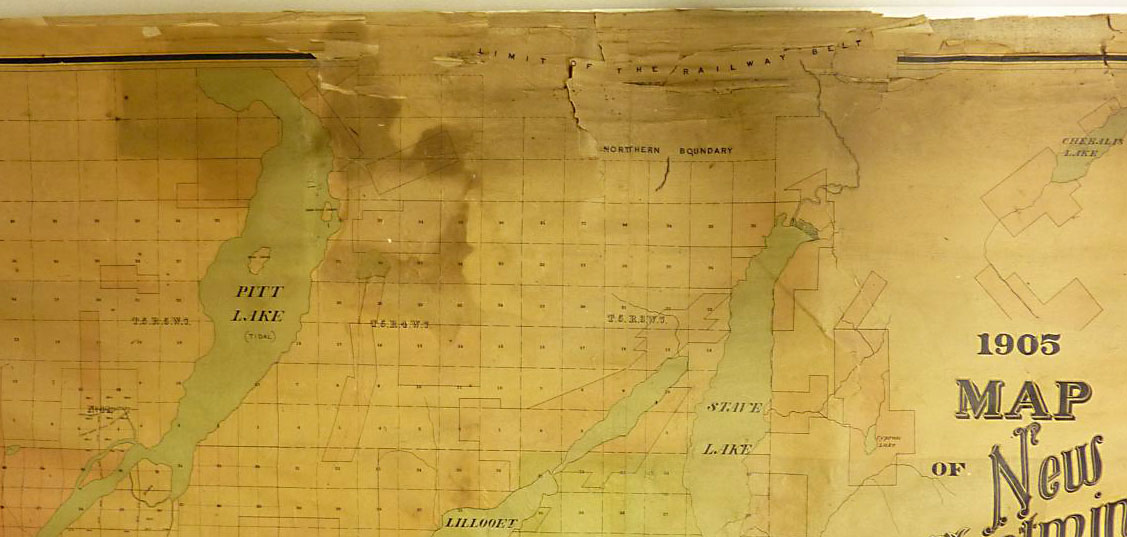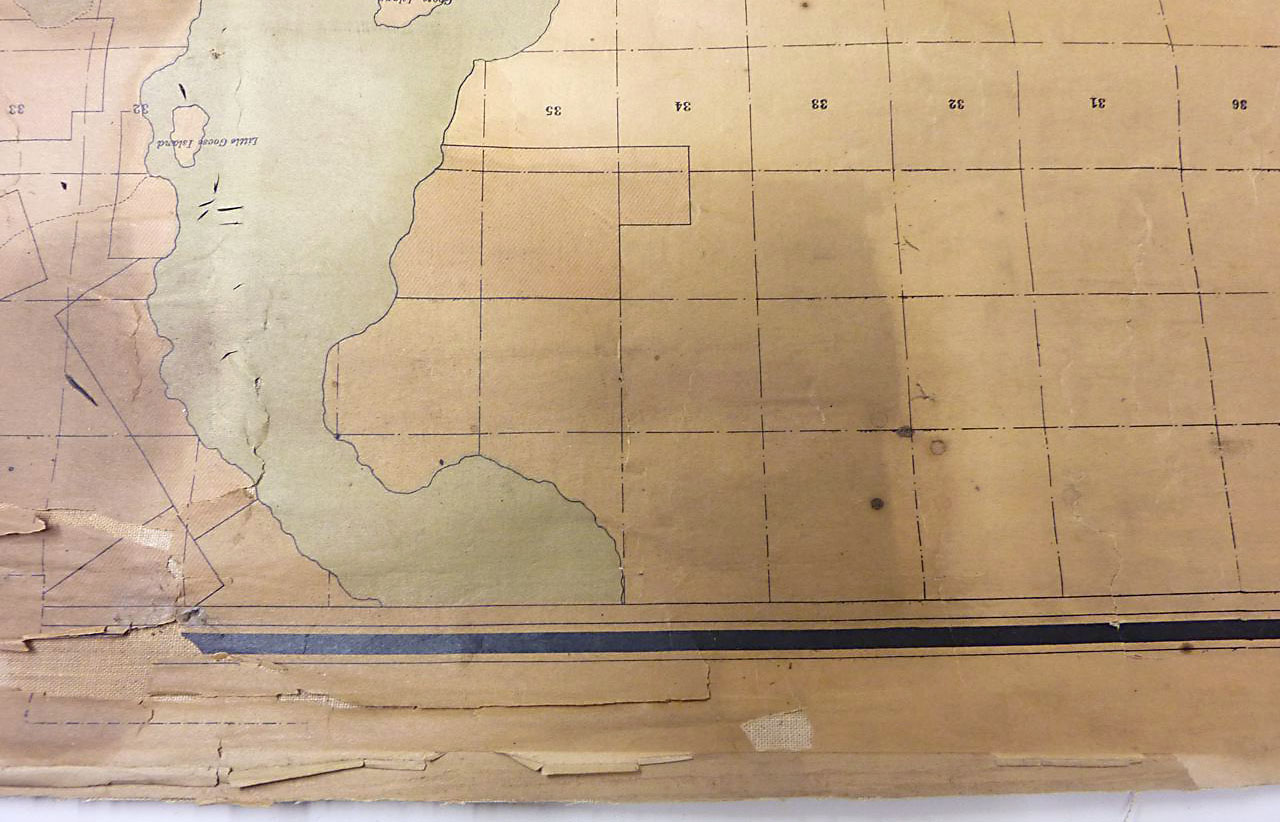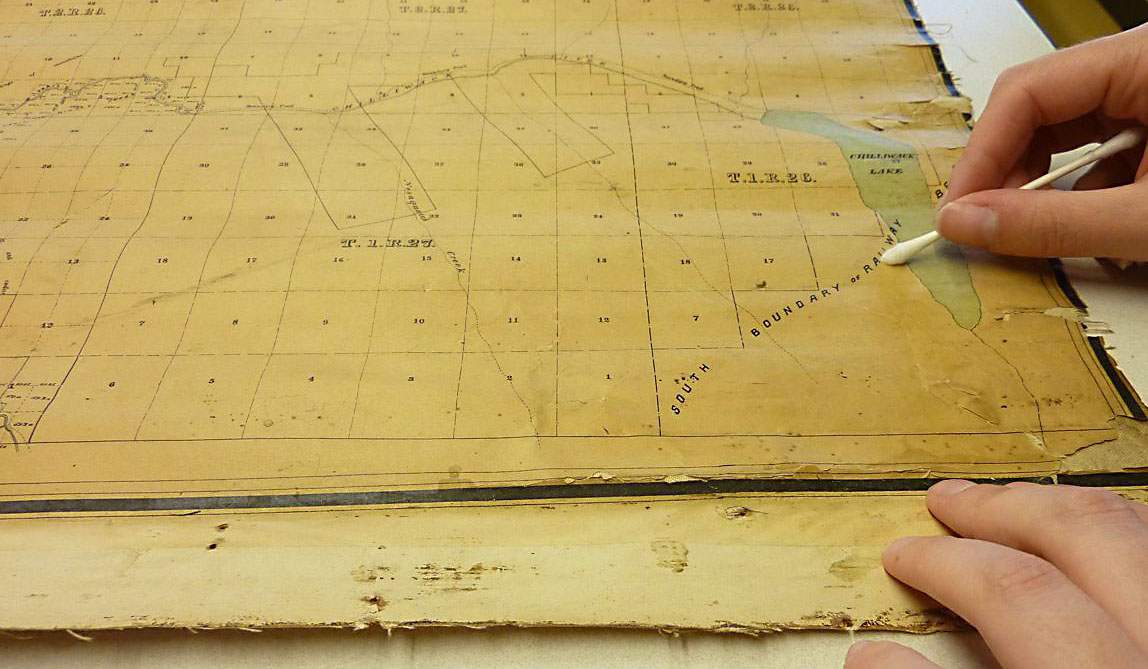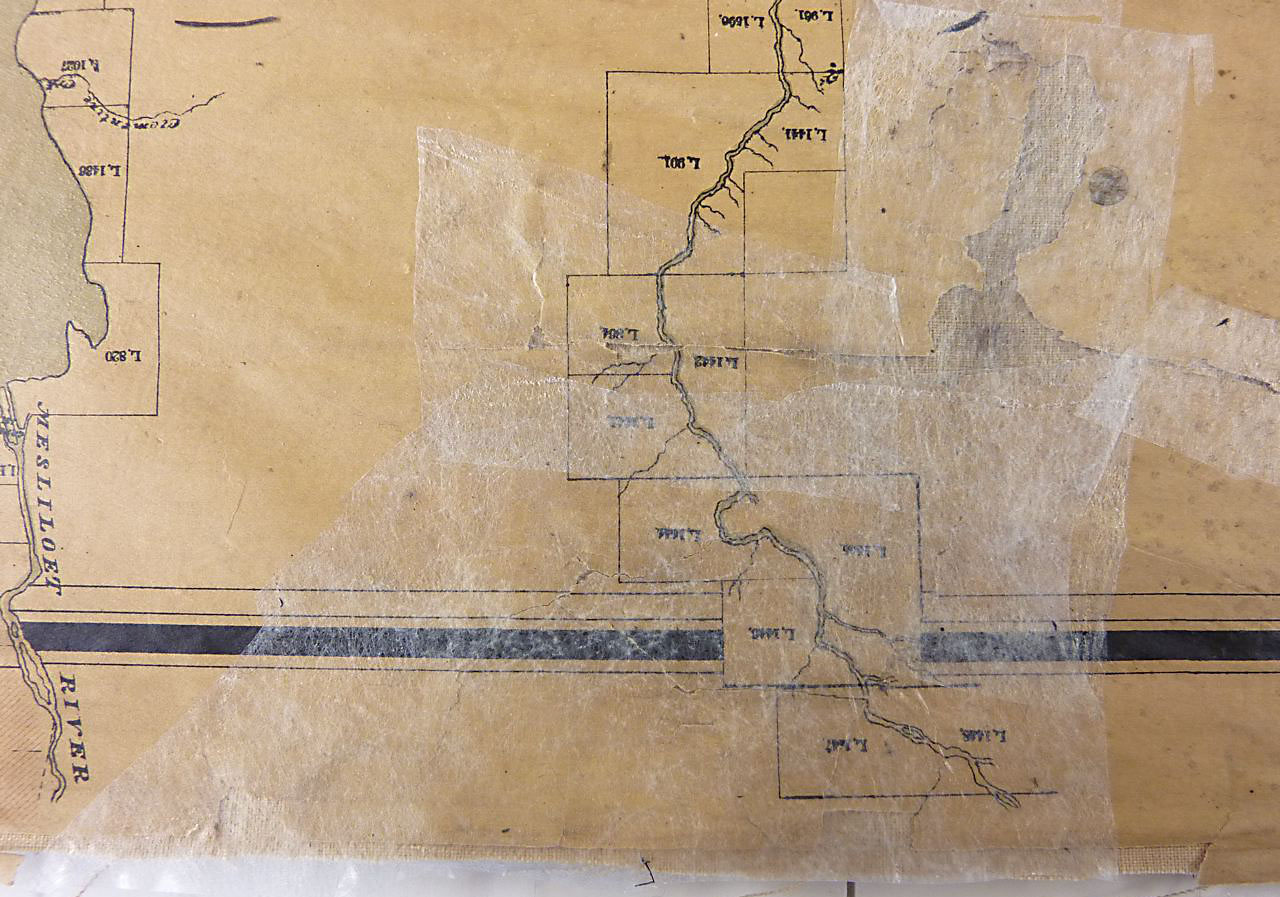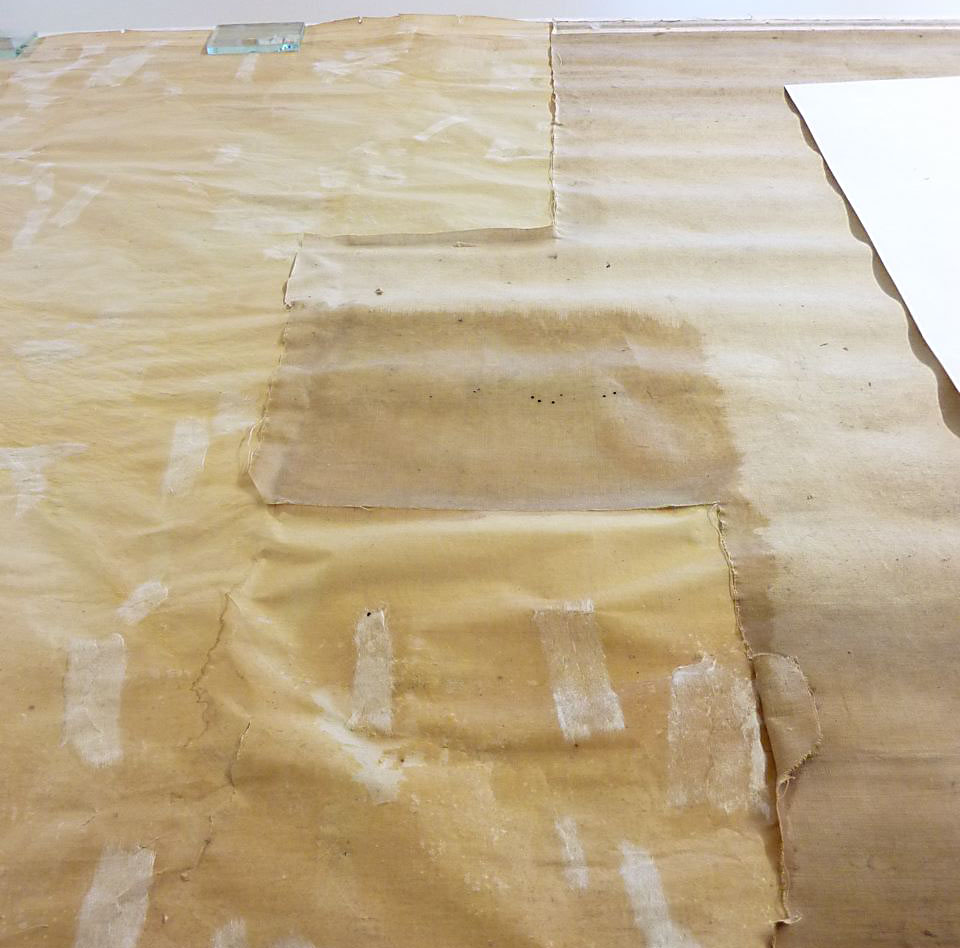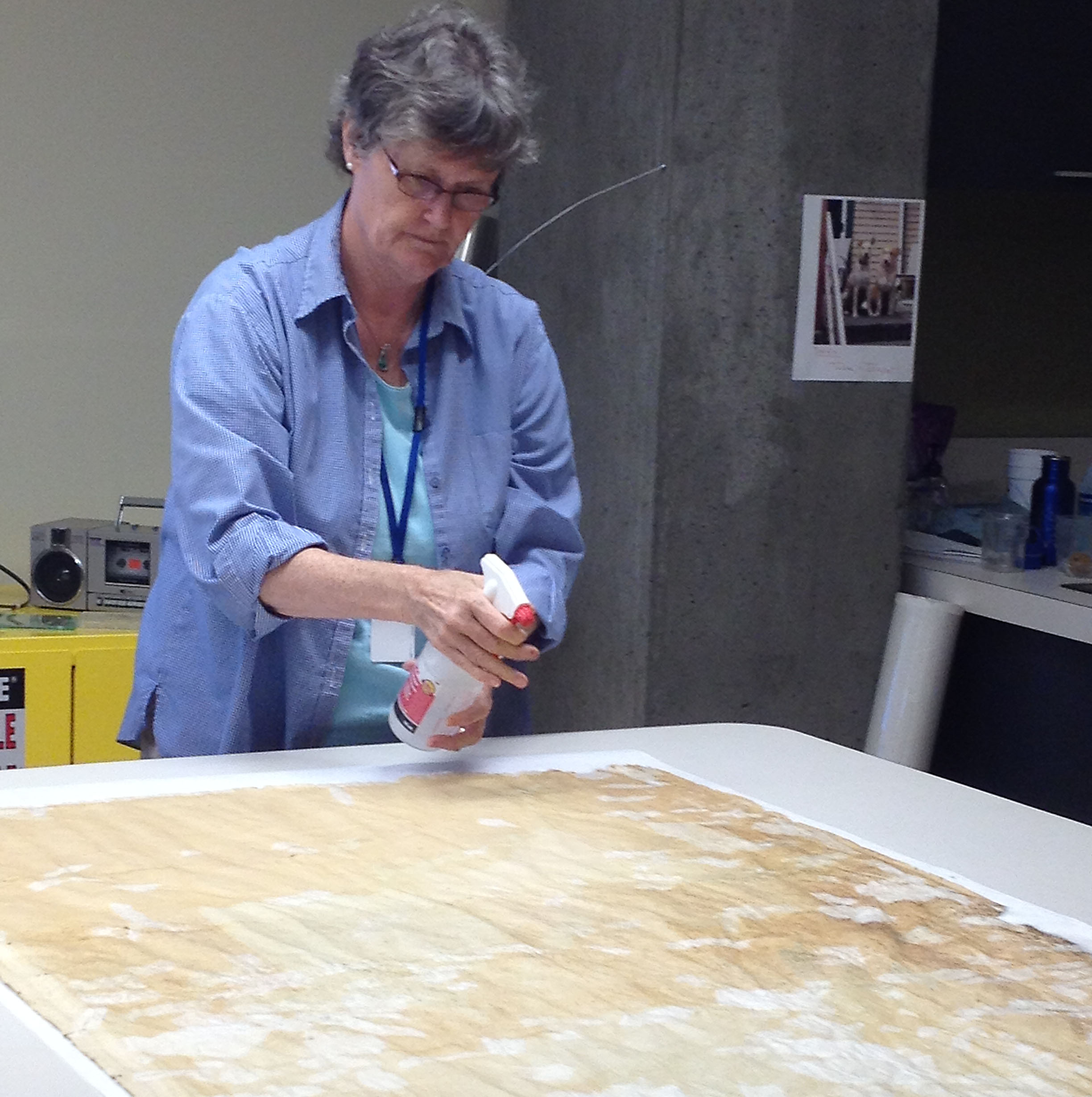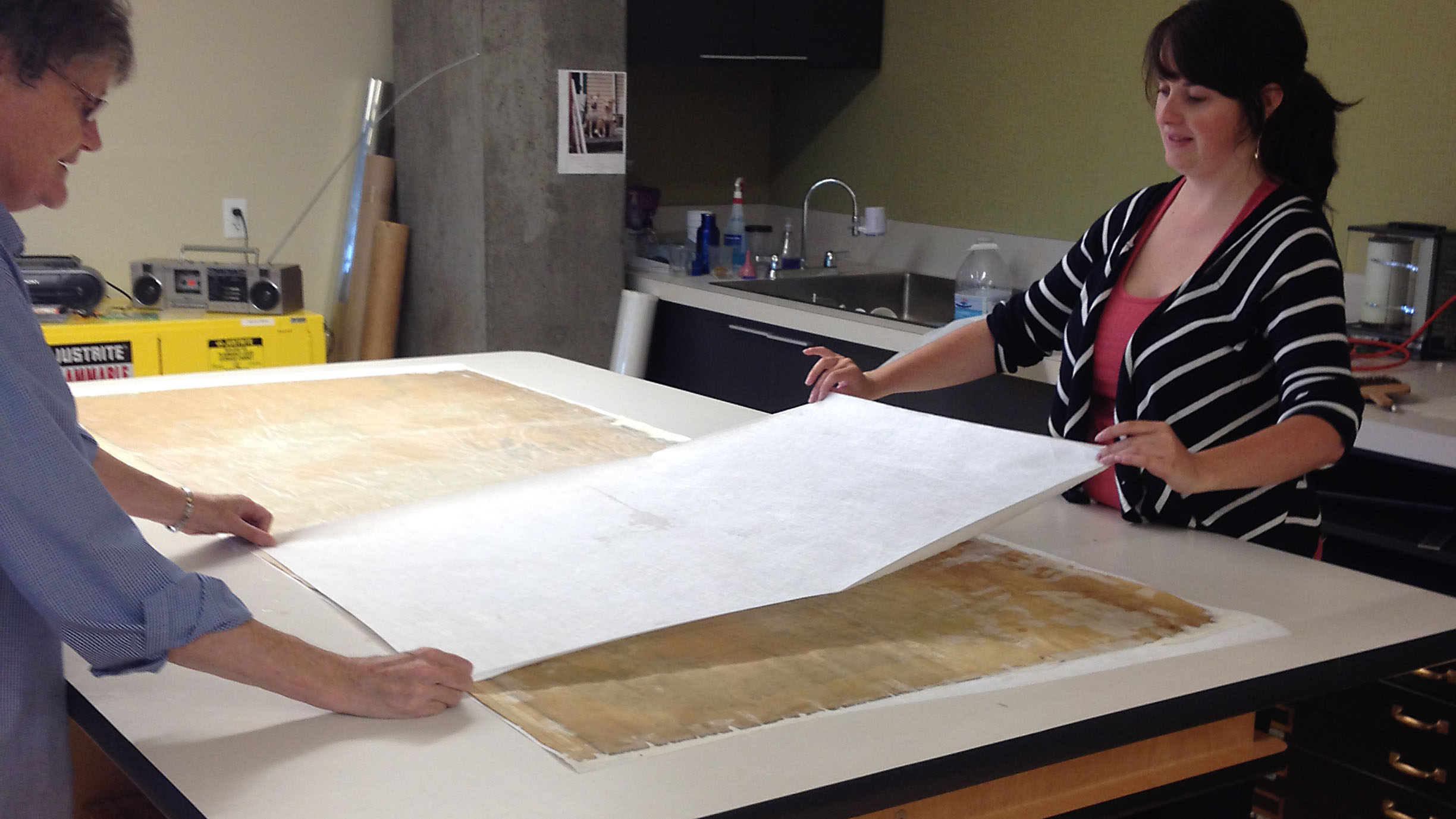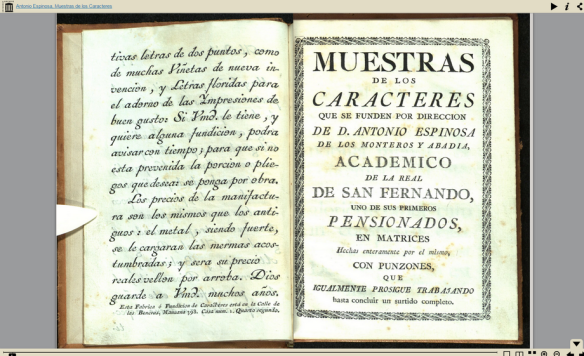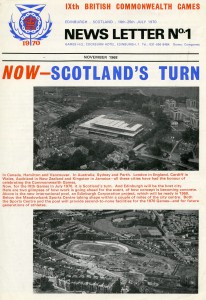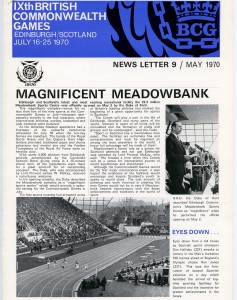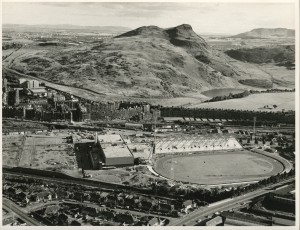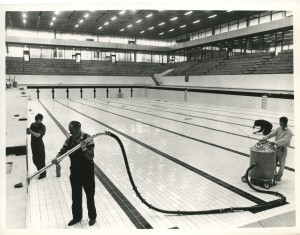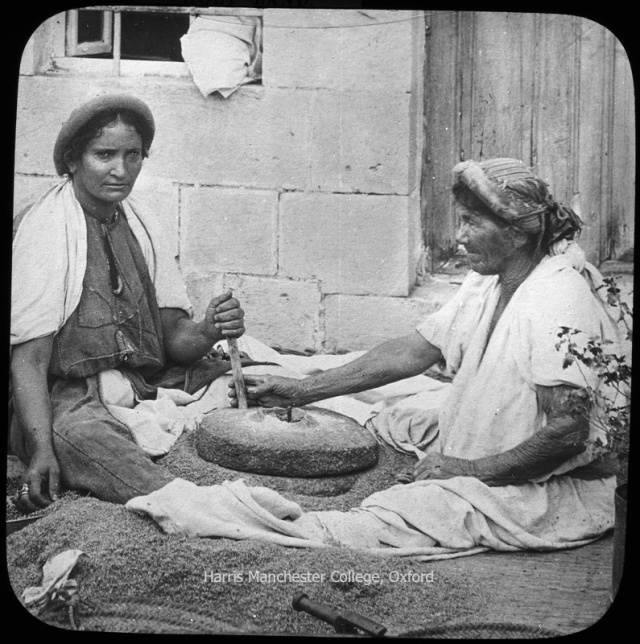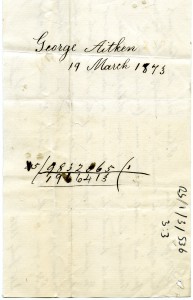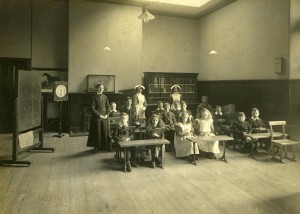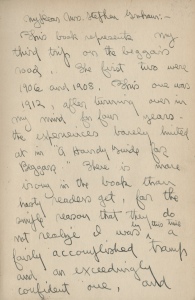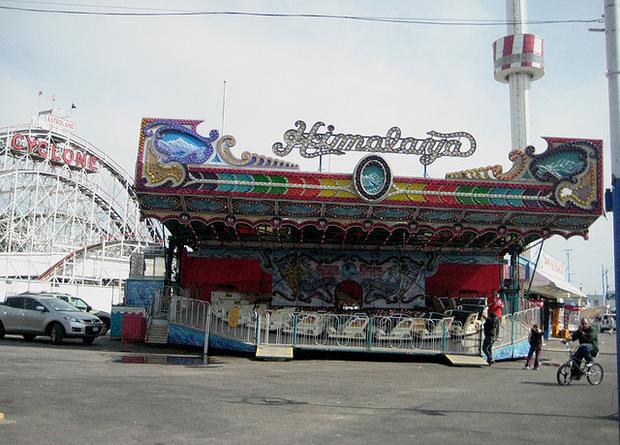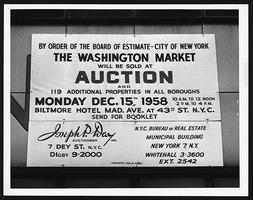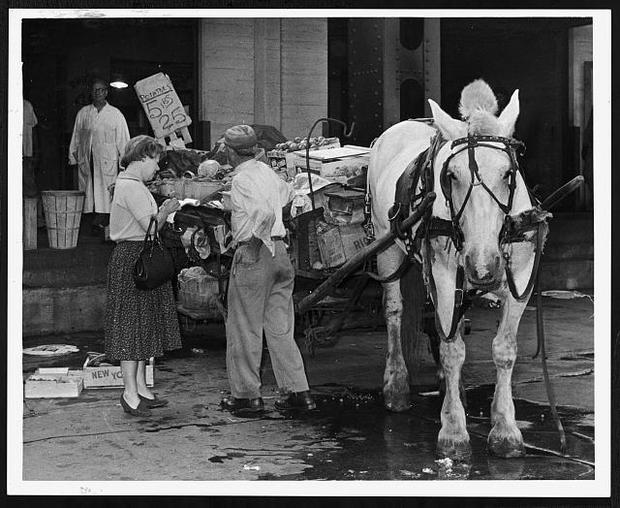CONSIDERANDO:
Que entre las atribuciones asignadas a la DIRECCION NACIONAL DE PROTECCION DE DATOS PERSONALES se encuentra la de dictar las normas y reglamentaciones que se deben observar en el desarrollo de las actividades comprendidas en la Ley N° 25.326.
Que, asimismo, le incumbe imponer las sanciones administrativas que en su caso correspondan por violación a las normas de la Ley N° 25.326 y de las reglamentaciones dictadas en su consecuencia.
Que en virtud de ello, oportunamente se dictó la Disposición DNPDP N° 1 del 25 de junio de 2003, posteriormente derogada por la Disposición DNPDP N° 7/05.
Que por Ley N° 26.951 se creó el REGISTRO NACIONAL “NO LLAME” designándose a esta Dirección Nacional como Autoridad de Aplicación y asignándole también facultades para imponer sanciones por incumplimientos a esa normativa.
Que la experiencia acumulada en el desarrollo de las actividades de esta Dirección Nacional en su carácter de Autoridad de Aplicación de la Ley N° 25.326, sumada a las nuevas facultades asignadas por la Ley N° 26.951, determinan la necesidad de incorporar nuevos hechos u omisiones que impliquen transgresiones a ambas normativas.
Que, en consecuencia, cabe entonces reformular el régimen de infracciones y sanciones vigente, continuando con la postura, antes sustentada al dictar el mismo, de contar con un listado de carácter meramente enunciativo y por ende no taxativo, de aquellas conductas que se consideran violatorias de la Ley N° 25.326 y su reglamentación.
Que, asimismo, resulta conveniente establecer nuevos niveles en la “Graduación de las Sanciones”, siempre dentro de los parámetros fijados por el artículo 31 de la Ley N° 25.326.
Que a los fines indicados precedentemente sería conveniente aplicar a los casos de “infracciones leves” las sanciones de “hasta DOS (2) apercibimientos” y/o “multa de PESOS UN MIL ($ 1.000.-) a PESOS VEINTICINCO MIL ($ 25.000.-); a las “infracciones graves”, las sanciones de “hasta CUATRO (4) apercibimientos”, “suspensión de UNO (1) a TREINTA (30) días” y/o “multa de PESOS VEINTICINCO MIL UNO ($ 25.001.-) a PESOS OCHENTA MIL ($ 80.000.-) y finalmente, a los casos de “infracciones muy graves” las sanciones de “hasta SEIS (6) apercibimientos”, “suspensión de TREINTA Y UN (31) a TRESCIENTOS SESENTA Y CINCO (365) días”, “clausura o cancelación del archivo, registro o banco de datos” y/o “multa de PESOS OCHENTA MIL UNO ($ 80.001.-) a PESOS CIEN MIL ($ 100.000.-).
Que, asimismo, resulta adecuado que se mantenga el REGISTRO DE INFRACTORES LEY N° 25.326, en su carácter de registro de los responsables de la comisión de las infracciones contempladas en la presente medida, cuyo objetivo principal es establecer antecedentes individuales para la evaluación de la cuantía de las sanciones, especialmente respecto del rubro reincidencia.
Que la DIRECCION GENERAL DE ASUNTOS JURIDICOS del MINISTERIO DE JUSTICIA Y DERECHOS HUMANOS ha tomado la intervención que le compete.
Que la presente medida se dicta en uso de las facultades conferidas en el artículo 29, incisos b) y f) de la Ley N° 25.326.
Por ello,
EL DIRECTOR NACIONAL
DE PROTECCION DE DATOS PERSONALES
DISPONE:
Artículo 1° — Sustitúyense los Anexos I y II al artículo 2° de la Disposición DNPDP N° 7 del 8 de noviembre de 2005, los que quedarán redactados conforme lo establecido en los Anexos I y II que forman parte integrante de la presente medida.
Art. 2° — Comuníquese, publíquese, dése a la Dirección Nacional del Registro Oficial y archívese. — Juan C. González Allonca.
ANEXO I
CLASIFICACION DE LAS INFRACCIONES
1.- Serán consideradas INFRACCIONES LEVES, sin perjuicio de otras que a juicio de la DIRECCION NACIONAL DE PROTECCION DE DATOS PERSONALES también las constituyan:
a) No proporcionar en tiempo y forma la información que solicite la DIRECCION NACIONAL DE PROTECCION DE DATOS PERSONALES en el ejercicio de las competencias que tiene atribuidas.
b) No cumplir con todas las etapas del procedimiento previsto en el Anexo III de la Disposición DNPDP N° 2 del 14 de febrero de 2005 para que la inscripción ante el REGISTRO NACIONAL DE BASES DE DATOS se perfeccione.
c) No informar en tiempo y forma modificaciones o bajas ante el REGISTRO NACIONAL DE BASES DE DATOS. Esta infracción incluye no informar cambios de domicilio.
d) No efectuar, en los casos que corresponda, la renovación anual de la inscripción ante el REGISTRO NACIONAL DE BASES DE DATOS, de conformidad con lo establecido en el artículo 7° de la Disposición DNPDP N° 2 del 14 de febrero de 2005.
e) No acompañar en tiempo y forma la documentación requerida en el marco de un procedimiento de inspección.
f) No respetar el principio de gratuidad previsto en el artículo 19 de la Ley N° 25.326.
g) Incumplir el deber de secreto establecido en el artículo 10 de la Ley N° 25.326, salvo que constituya la infracción grave prevista en el punto 2, apartado j) o la infracción muy grave contemplada en el punto 3, apartado n) o el delito contemplado en el artículo 157 bis, inciso 2) del CÓDIGO PENAL.
h) Utilizar los servicios de telefonía en cualquiera de sus modalidades para publicitar, ofertar, vender o regalar bienes o servicios sin utilizar números identificables por el identificador de llamadas.
i) No aportar el listado de las llamadas salientes cuando ello fuere requerido por la DIRECCION NACIONAL DE PROTECCIÓN DE DATOS PERSONALES en el marco de las actuaciones administrativas iniciadas por presunta infracción a la Ley N° 26.951.
2.- Serán consideradas INFRACCIONES GRAVES, sin perjuicio de otras que a juicio de la DIRECCION NACIONAL DE PROTECCION DE DATOS PERSONALES también las constituyan:
a) Recoger datos de carácter personal sin proporcionar a los titulares de los mismos la información exigida por el artículo 6° de Ley N° 25.326 o sin recabar su consentimiento libre, expreso e informado en los casos en que ello sea exigible.
b) No atender en tiempo y forma la solicitud de acceso, rectificación o supresión de los datos personales objeto de tratamiento cuando legalmente proceda.
c) Efectuar tratamiento de datos personales sin encontrarse inscripto ante el REGISTRO NACIONAL DE BASES DE DATOS en infracción a lo dispuesto por el artículo 3° de la Ley N° 25.326.
d) No efectuar la renovación anual de la inscripción ante el REGISTRO NACIONAL DE BASES DE DATOS, de conformidad con lo establecido en el artículo 7° de la Disposición DNPDP N° 2 del 14 de febrero de 2005, cuando hubiere sido intimado para ello por la DIRECCIÓN NACIONAL DE PROTECCIÓN DE DATOS PERSONALES.
e) Mantener por más tiempo que el establecido legalmente, el registro, archivo o cesión de los datos significativos para evaluar la solvencia económico-financiera de los titulares de los datos.
f) Tratar, dentro de la prestación de servicios de información crediticia, datos personales patrimoniales que excedan la información relativa a la solvencia económica y al crédito del titular de tales datos.
g) Tratar, en los archivos, registros o bancos de datos con fines publicitarios, datos que excedan la calidad de aptos para establecer perfiles con fines promocionales o hábitos de consumo.
h) No retirar o bloquear el nombre y dirección de correo electrónico de los bancos de datos destinados a publicidad cuando su titular lo solicite de conformidad con lo previsto en el artículo 27, inciso 3 de la Ley N° 25.326.
i) Proceder al tratamiento de datos de carácter personal que no reúnan las calidades de ciertos, adecuados, pertinentes y no excesivos en relación al ámbito y finalidad para los que se hubieren obtenido.
j) Incumplir el deber de confidencialidad exigido por el artículo 10 de la Ley N° 25.326 sobre los datos de carácter personal incorporados a registros, archivos, bancos o bases de datos.
k) Mantener bases de datos locales, programas o equipos que contengan datos de carácter personal sin las debidas condiciones de seguridad que por vía reglamentaria se determinen.
I) Obstruir el ejercicio de la función de inspección y fiscalización a cargo de la DIRECCION NACIONAL DE PROTECCION DE DATOS PERSONALES.
m) Hacer ilegalmente uso del isologotipo creado a través de la Disposición DNPDP N° 6 del 1° de setiembre de 2005, por el que se identifica a los responsables inscriptos ante el REGISTRO NACIONAL DE BASES DE DATOS.
n) Contactar con el objeto de publicidad, oferta, venta o regalo de bienes o servicios utilizando los servicios de telefonía en cualquiera de sus modalidades a quienes se encontraren debidamente inscriptos ante el REGISTRO NACIONAL “NO LLAME” creado por la Ley N° 26.951.
o) Utilizar los servicios de telefonía en cualquiera de sus modalidades para publicitar, ofertar, vender o regalar bienes o servicios sin haber obtenido de la Autoridad de Aplicación la habilitación de usuario autorizado para la descarga de la lista de inscriptos ante el REGISTRO NACIONAL “NO LLAME”.
p) Utilizar los servicios de telefonía en cualquiera de sus modalidades para publicitar, ofertar, vender o regalar bienes o servicios sin consultar, en forma previa al procedimiento de contacto y con una periodicidad de TREINTA (30) días corridos, la última versión de la lista de inscriptos ante el REGISTRO NACIONAL “NO LLAME” creado por la Ley N° 26.951, proporcionada por la Autoridad de Aplicación.
q) No adoptar las medidas adecuadas que propicien el cumplimiento de la Ley N° 26.951, cuando se trate de campañas contratadas en el exterior que utilicen los servicios de telefonía en cualquiera de sus modalidades para publicitar, ofertar, vender o regalar bienes o servicios.
r) Contactar a los titulares o usuarios de servicios de telefonía en cualquiera de sus modalidades que se hubieran inscripto en el REGISTRO NACIONAL “NO LLAME” creado por la Ley N° 26.951, haciendo uso indebido de las excepciones previstas en el artículo 8° de la citada norma legal.
3.- Serán consideradas INFRACCIONES MUY GRAVES, sin perjuicio de otras que a juicio de la DIRECCION NACIONAL DE PROTECCION DE DATOS PERSONALES también las constituyan:
a) No inscribir la base de datos de carácter personal en el registro correspondiente, cuando haya sido requerido para ello por la DIRECCION NACIONAL DE PROTECCION DE DATOS PERSONALES.
b) Declarar datos falsos o inexactos al efectuar la registración ante el REGISTRO NACIONAL DE BASES DE DATOS.
c) No cesar en el uso ilegítimo de los tratamientos de datos de carácter personal cuando sea requerido para ello por el titular y/o por la DIRECCION NACIONAL DE PROTECCION DE DATOS PERSONALES.
d) Recoger datos de carácter personal mediante ardid, engaño o fraude a la ley.
e) Conformar un archivo de datos cuya finalidad sea contraria a las leyes o a la moral pública.
f) Tratar los datos de carácter personal en forma ilegítima o con menosprecio de los principios y garantías establecidos en Ley N° 25.326 y normas reglamentarias.
g) Realizar acciones concretas tendientes a impedir u obstaculizar el ejercicio por parte del titular de los datos del derecho de acceso o negarse a facilitarle la información que sea solicitada.
h) Mantener datos personales inexactos o no efectuar las rectificaciones, actualizaciones o supresiones de los mismos que legalmente procedan cuando resulten afectados los derechos de las personas que la Ley N° 25.326 ampara y haya sido intimado previamente por la DIRECCION NACIONAL DE PROTECCION DE DATOS PERSONALES.
I) Transferir datos personales de cualquier tipo a países u organismos internacionales o supranacionales que no proporcionen niveles de protección adecuados, salvo las excepciones legales previstas en el artículo 12, inciso 2, de la Ley N° 25.326, sin haber cumplido los demás recaudos legales previstos en la citada ley y su reglamentación.
j) Ceder ilegítimamente los datos de carácter personal fuera de los casos en que tal accionar esté permitido.
k) Recolectar y tratar los datos sensibles sin que medien razones de interés general autorizadas por ley o tratarlos con finalidades estadísticas o científicas sin hacerlo en forma disociada.
I) Formar archivos, bancos o registros que almacenen información que directa o indirectamente revelen datos sensibles, salvo en los casos expresamente previstos en el artículo 7°, inciso 3 de la Ley N° 25.326.
m) Tratar los datos de carácter personal de forma ilegitima o con menosprecio de los principios y garantías reconocidos constitucionalmente, cuando con ello se impida o se atente contra el ejercicio de los derechos fundamentales.
n) Incumplir el deber de confidencialidad respecto de los datos sensibles, así como de los que hayan sido recabados y tratados para fines penales y contravencionales.
o) Realizar maniobras tendientes a sustraerse o impedir el desarrollo de la actividad de contralor de la DIRECCIÓN NACIONAL DE PROTECCIÓN DE DATOS PERSONALES.
p) Omitir denunciar, con motivo del tratamiento de datos personales en Internet, el domicilio legal y demás datos identificatorios del responsable de la base de datos, sea ante el REGISTRO NACIONAL DE BASES DE DATOS como ante otros organismos oficiales que requieran su identificación para el ejercicio de la actividad, de modo tal que mediante dicha conducta afecte el ejercicio de los derechos del titular del dato y la actividad de contralor que por la normativa vigente compete a la DIRECCIÓN NACIONAL DE PROTECCIÓN DE DATOS PERSONALES.
ANEXO II
GRADUACION DE LAS SANCIONES
1. Ante la comisión de INFRACCIONES LEVES se podrán aplicar hasta DOS (2) APERCIBIMIENTOS y/o una MULTA de PESOS UN MIL ($ 1.000,00) a PESOS VEINTICINCO MIL ($ 25.000,00).
2. En el caso de las INFRACCIONES GRAVES la sanción a aplicar será de hasta CUATRO (4) APERCIBIMIENTOS, SUSPENSION DE UNO (1) a TREINTA (30) DIAS y/o MULTA de PESOS VEINTICINCO MIL UNO ($ 25.001,00) a PESOS SESENTA MIL ($ 80.000,00).
3. En el caso de INFRACCIONES MUY GRAVES se aplicarán hasta SEIS (6) APERCIBIMIENTOS, SUSPENSION DE TREINTA Y UNO (31) a TRESCIENTOS SESENTA Y CINCO (365) DIAS, CLAUSURA o CANCELACION DEL ARCHIVO, REGISTRO O BANCO DE DATOS y/o MULTA de PESOS SESENTA MIL UNO ($ 80.001,00) a PESOS CIEN MIL ($ 100.000,00).
4. Superados los SEIS (6) APERCIBIMIENTOS no podrá aplicarse nuevamente este tipo de sanción.
5. Las sanciones previstas precedentemente serán de aplicación a los responsables o usuarios de archivos, registros, bases o bancos de datos públicos y privados destinados a dar informes, se hubieren inscripto o no en el registro correspondiente, ello sin perjuicio de las responsabilidades administrativas que pudieran corresponder a los responsables o usuarios de bancos de datos públicos; de la responsabilidad por daños y perjuicios derivados de la inobservancia de la presente ley y de las sanciones penales que correspondan.
6. La aplicación y cuantía de las sanciones se graduará atendiendo a la naturaleza de los derechos personales afectados, al volumen de los tratamientos efectuados, a los beneficios obtenidos, al grado de intencionalidad, a la reincidencia, a los daños y perjuicios causados a las personas interesadas y a terceras personas, y a cualquier otra circunstancia que sea relevante para determinar el grado de antijuridicidad y de culpabilidad presentes en la concreta actuación infractora.
7. Cada infracción deberá ser sancionada en forma independiente, debiendo acumularse cuando varias conductas sancionables se den en las mismas actuaciones.
8. La reincidencia se configura cuando quien habiendo sido sancionado por una de las infracciones previstas en las Leyes Nros. 25.326 y 26.951 y/o sus reglamentaciones, incurriera en otra de similar naturaleza dentro del término de TRES (3) años, a contar desde la aplicación de la sanción.
9. La multa deberá ser abonada dentro de los DIEZ (10) días hábiles administrativos desde su notificación.
10. La falta de pago de las multas aplicadas hará exigible su cobro por ejecución fiscal, constituyendo suficiente título ejecutivo el testimonio autenticado de la resolución condenatoria firme.
11. Sin perjuicio de las sanciones que se apliquen, la DIRECCION NACIONAL DE PROTECCIÓN DE DATOS PERSONALES podrá imponer a la sancionada una obligación de hacer con el objeto de que cese en el incumplimiento que diera origen a la sanción.

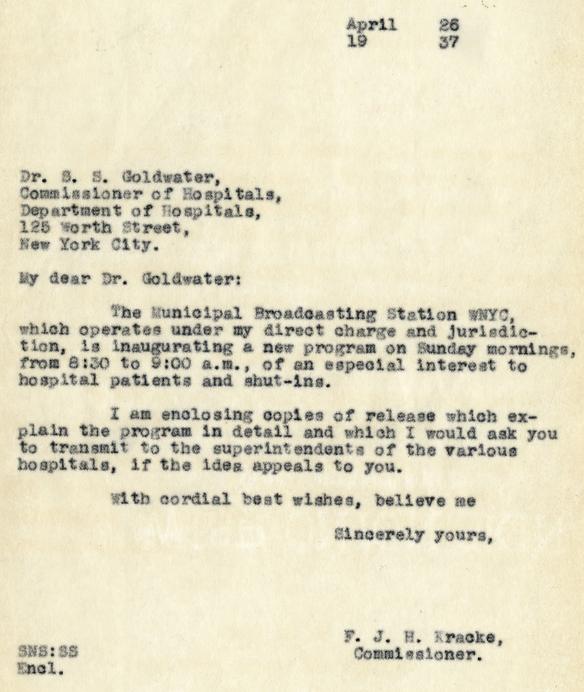
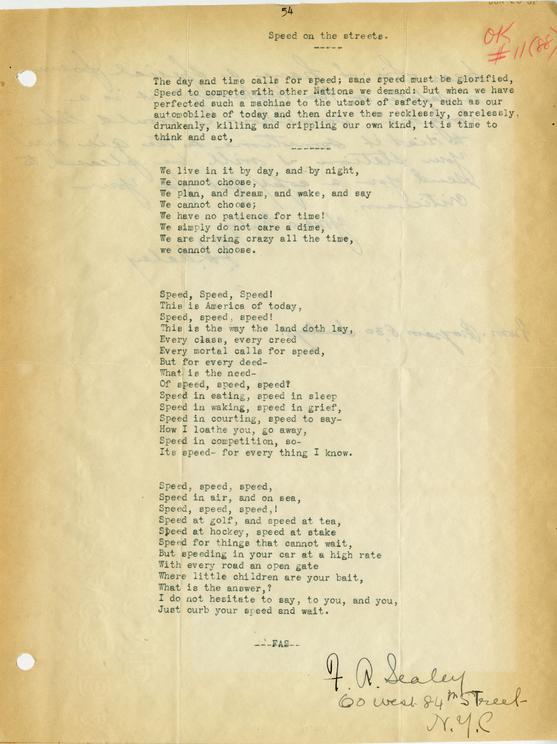
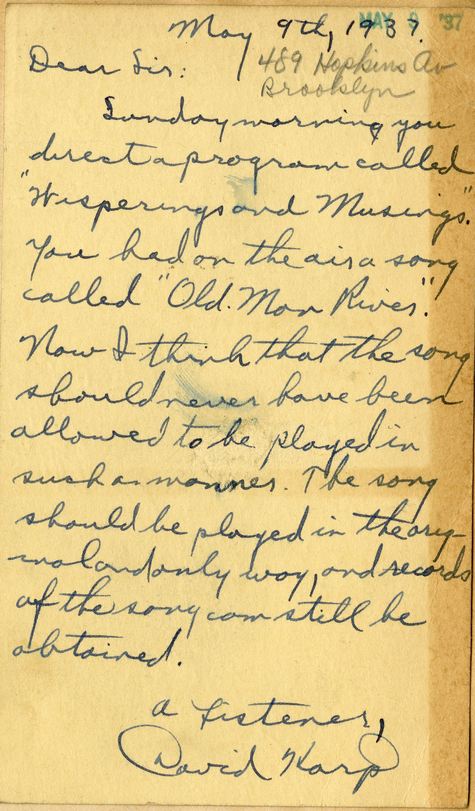

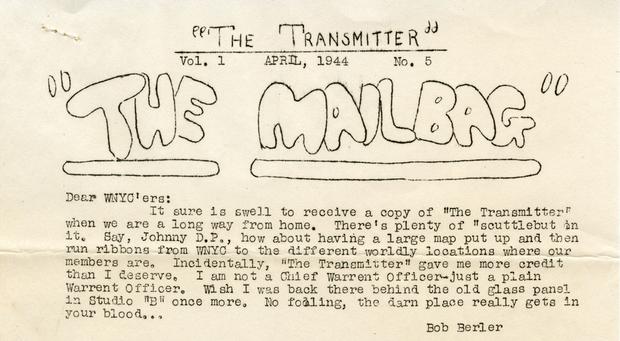
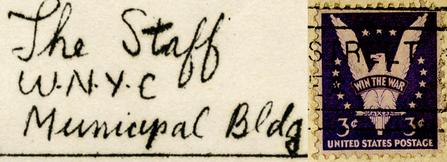
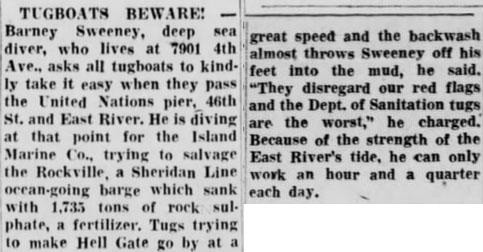
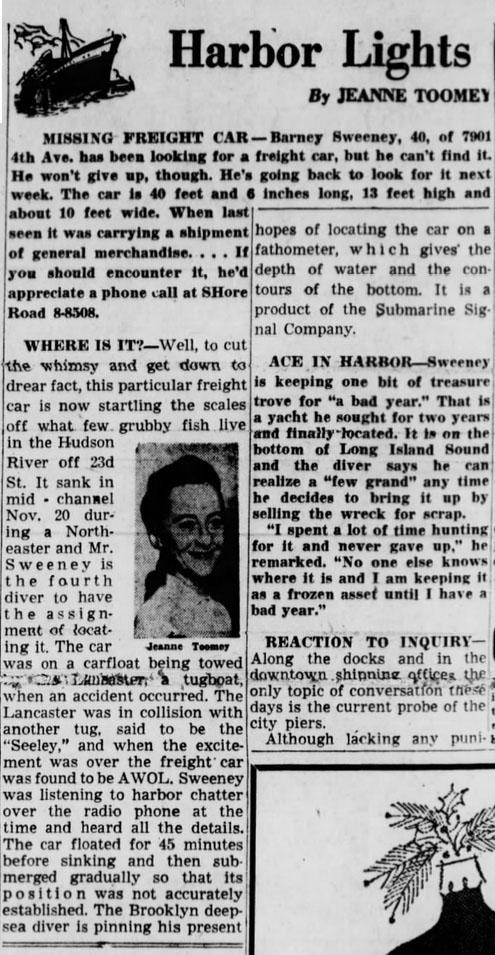
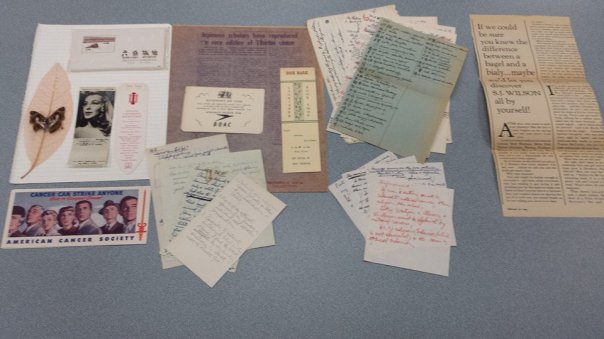
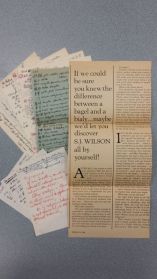
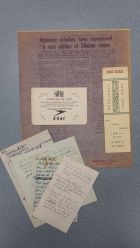
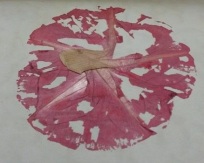






.jpg)
